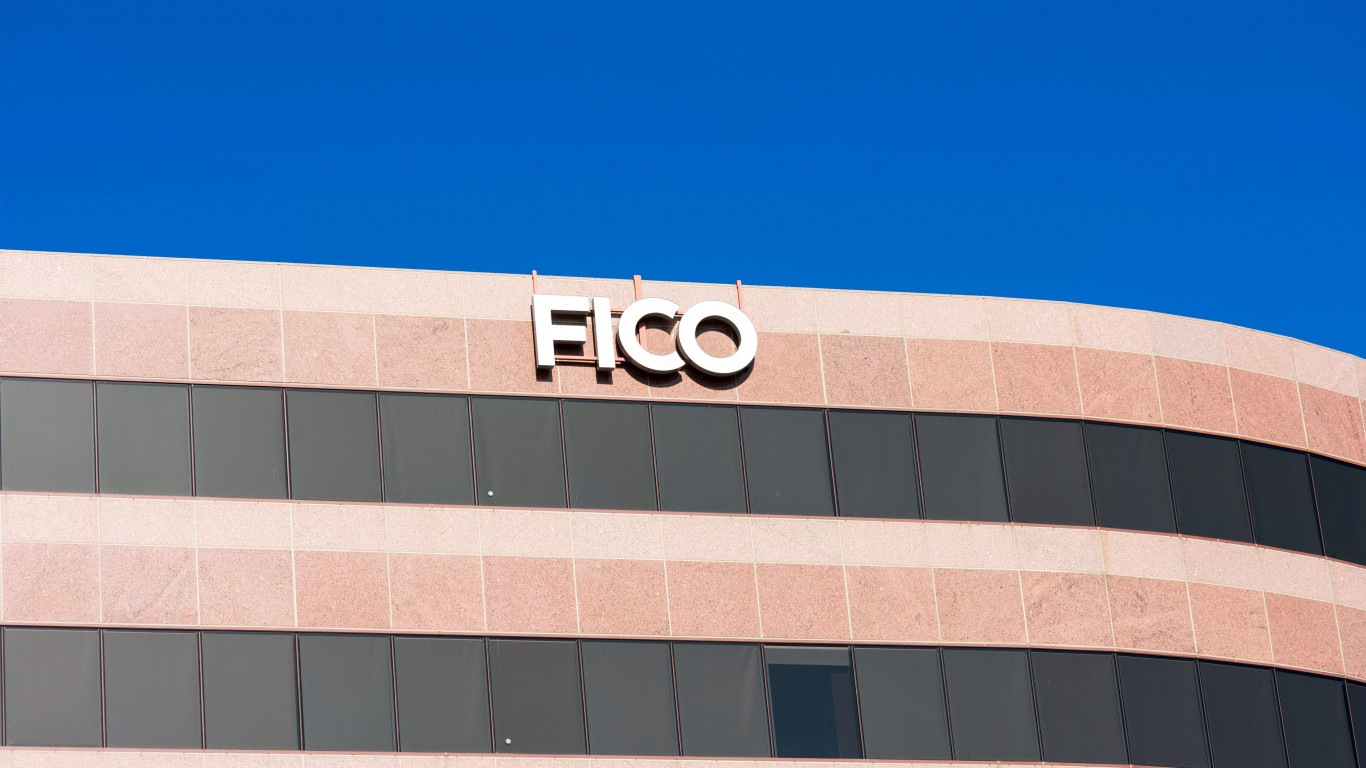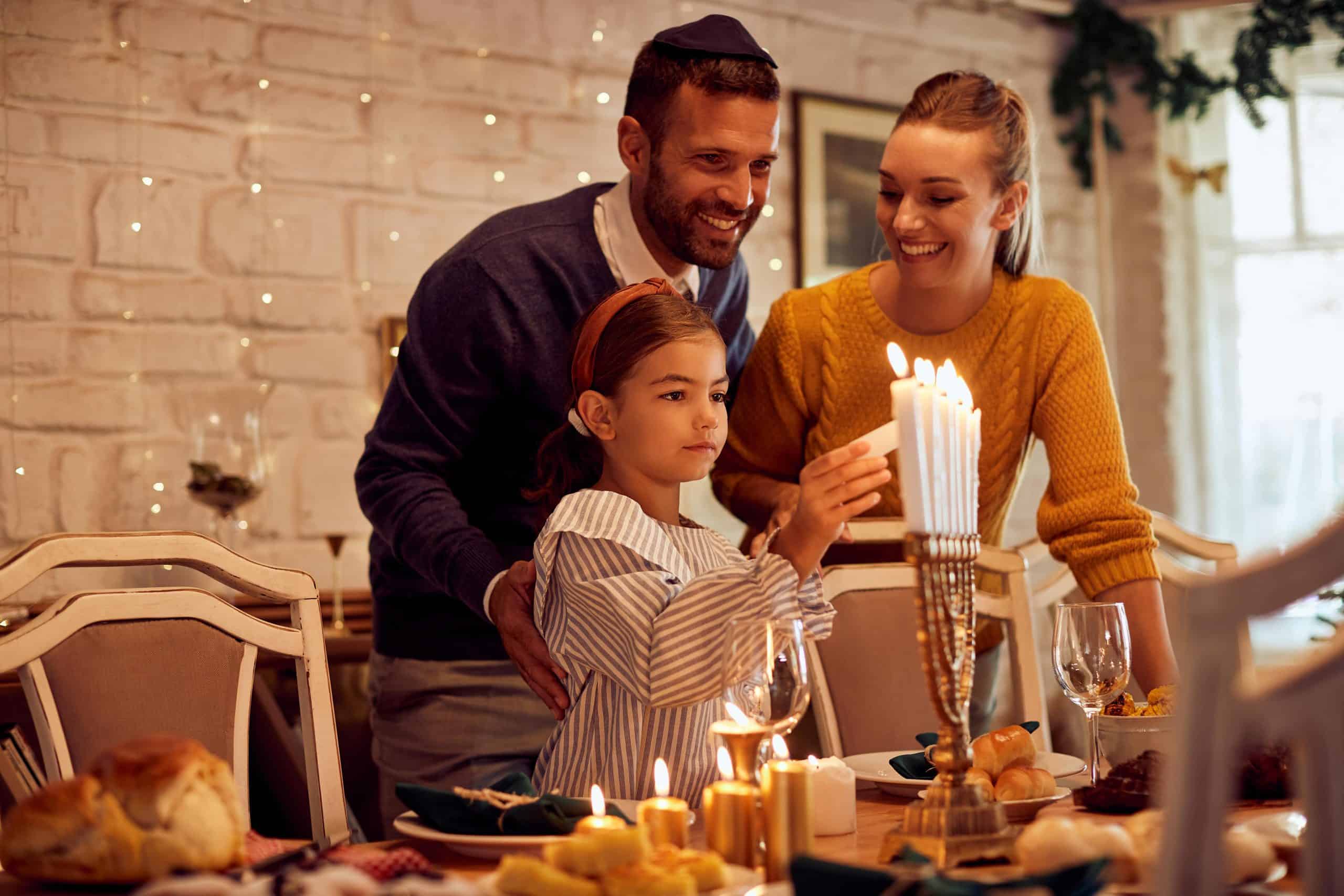
24/7 Wall Street Insights
- NVIDIA’s phenomenal bull run and continued prospects warrant a long-term “buy-and-hold” strategy that can span to the next generation, in the view of many investors.
- Two other stocks with bullish generational prospects are First Isaac Corporation and Advanced Micro Devices.
- If you missed out on NVIDIA but looking for some stocks with huge potential that could be fantastic wealth building opportunities, make sure to grab a free copy of our brand-new “The Next NVIDIA” report. It features a software stock we’re confident has 10X potential.
It’s no secret that NVIDIA (NASDAQ: NVDA) has been one of the most heralded stocks of 2023-2024. With its groundbreaking GPUs deemed indispensable for AI imagery, the stock has been on a tear over the past decade. As of earlier in July, NVIDIA’s 10-year price return was 26,553.7%, its 10-year total return was 27,892.4%, and its market cap topped $3 billion. Many shareholders firmly believe that NVIDIA stock is, in the words of Fidelity Magellan guru Peter Lynch, a long term “multi bagger”. Therefore, it is a stock that should be held by the family and passed on to one’s children for their future asset holdings.
By any measure, a strong case can be made for a generational buy-and-hold strategy with NVIDIA. However, AI is only one industry, and there are others with comparably impressive track records that also may qualify. Two to consider are credit score company First Isaac Corporation (NYSE: FICO) and semiconductor company Advanced Micro Devices (NYSE: AMD).
First Isaac Corporation

For better or worse, the FICO score has become the bane of millions of peoples’ existence, around the globe. Whether it be buying or renting a home, getting a job, financing a car purchase, getting a credit card, or a host of other commercial activities, the FICO score has become the arbiter for approval.
FICO is the acronym and stock ticker for Bozeman, MT headquartered First Isaac Corporation. Founded in California in 1956, the company started its business with a credit score system marketed to institutional lenders, with different metrics depending on industry. By 1987, First Isaac Corporation went public, and individual scores became a fact of life in 1995, when Freddie Mac and Fannie Mae began using them to calculate mortgage underwriting creditworthiness. To date, First Isaac Corporation has operations on every continent except for South America. Its Credit Score system is considered the universal gold-standard for consumer credit risk assessment.
Aside from its Credit Score operations, First Isaac Corporation also has a Software division. It provides pre-configured analytic and decision management solutions designed for various business processes, such as account origination, customer management, customer engagement, fraud detection, financial crimes compliance, and marketing, as well as associated professional services. First Isaac Corporation has been covered several times in past 24/7 Wall Street articles.
FICO For The Long Term?

While it has not logged the 10-year leap in price from $1 to over $1,300 that NVIDIA has accomplished, First Isaac’s performance is certainly in the top 10 echelon, according to Y-charts.
- 10-year Price Return: 2,234.8% (~$58 to $1,550-$1,600)
- 10-year Total Return: 2,240.4%
- Current Market Cap: $39.5 billion
With a stock price of $1,600 at the time of this writing, First Isaac Corporation is a very likely future candidate for a forward stock-split. Its last stock split was in 2004. In general, forward stock splits are bullish events, and the lower entry price post-split should stimulate a bump in retail investor buying that would hesitate at $1,600 per share. Several other reasons for bullish long-term sentiments include:
- Fair Isaac’s board authorized a $1 billion stock buyback plan.
- Stock ownership is evenly distributed, with 19.57% Insiders, 34.94% Mutual Funds, 26.92% Other Institutional Investors, 18.57% Public Companies and Individual Investors.
- Fair Isaac has grown EPS by 27% per year, compound, in the last three years.
- Wolfe Research set an “outperform” rating and a $1,725.00 target price on FICO stock.
- Raymond James gave the stock an “outperform” rating.
- Needham & Company LLC restated a “buy” rating and set a $1,500.00 target price on shares of Fair Isaac in a report on Tuesday, June 11th.
Advanced Micro Devices

Throughout the latter half of the 20th century, pioneering tech company rivalries regularly fueled innovation and improvements. The personal computer rivalry came between Apple and Microsoft Windows. The semiconductor arena, especially in the CPU (Central Processing Unit) field, was dominated by Intel and Advanced Micro Devices, colloquially known as AMD.
While AMD was considered “second best” behind Intel for some 30 years, the past decade has seen recent breakthroughs that have since put AMD ahead of Intel. The company is now competing head-to-head with NVIDIA in the lofty GPU (Graphics Processing Unit) octagon ring of AI imagery. What caused the turnaround?
Dr. Su’s Winning Recipe

AMD’s resurgent fortunes can trace their start to 2014. Taiwan-born Dr. Lisa Su, a veteran of IBM and Texas Instruments, took over as CEO of AMD. Dr. Su saw a large deficiency in AMD’s non-PC semiconductor offerings. Like a master chef overhauling an underachieving restaurant’s menu, she successively achieved the following:
- Expanded non-PC market sales from 10% to over 40%.
- Established a competitive niche in the video gaming and embedded devices sectors.
- Unveiled the Ryzen CPU, which would win over many Intel die-hards.
AMD’s Ryzen CPU, based on a principle of multiple microscopic CPUs working in tandem, outperformed Intel’s CPU’s in speed and efficiency, and most importantly – cost only half as much. Ryzen added tens of billions to AMD’s revenues, and in 2022, AMD surpassed Intel in market cap.
In addition to Ryzen, AMD has established a formidable reputation for itself with its graphic processors for video gaming and other applications. AMD’s Mi300 GPU (Graphics Processing Units) and similar products are addressing AI workloads for cloud computing, which is stirring up interest. Both Microsoft and Oracle are Mi300 customers, making AMD a direct NVIDIA competitor.
AMD For the Long-Haul?

Compared with NVIDIA, Advanced Micro Devices notched a 10-year price and total return of 3,771.4% (from $4.24 to $172) and a market cap of $254.8 billion as of early July. For some perspective, AMD actually is #3 on Y-charts’ Best Performing Stocks Over a 10-Year Period, right behind #2 NVIDIA.
Advanced Micro Devices is certainly continuing its growth agenda under Dr. Su’s helm. AMD just released second quarter financials at the time of this writing. Among the highlights:
- Data center revenue jumped 115% to $2.8 billion, driven by the new Instinct Mi300X GPUs, which recorded just over $1 billion in sales in the quarter.
- Ryzen and EPYC processors notched double-digit percentage gains.
- Total revenues increased from $5.36 billion to $5.84 billion year-over-year, beating analysts’ forecast of $5,72 billion.
- Dr. Su was quoted in the earnings call, “Broadcom, Cisco, HP Enterprise, Intel, Google, Meta and Microsoft all joined us to announce Ultra Accelerator Link, an industry standard technology to connect hundreds of AI accelerators that is based on AMD’s proven Infinity Fabric technology.”
Wall Street analysts are bullish. A consensus average rating among 36 analysts is “strong buy” with a 12-month price target of $195.06. The highest target is $250. Goldman Sachs, Piper Sandler, Wells Fargo, DZ Bank, KeyBanc, Stifel Nicolaus, Bank of America, and Morgan Stanley are just some of the institutions in the bull camp.
Both First Isaac Corporation and Advanced Micro Devices have 10-year proven track histories for continual growth. These trajectories remain unaltered, so, barring any major unforeseen problems or acts of God, these stocks have a good chance of continued growth for the next generation’s benefit.
Travel Cards Are Getting Too Good To Ignore (sponsored)
Credit card companies are pulling out all the stops, with the issuers are offering insane travel rewards and perks.
We’re talking huge sign-up bonuses, points on every purchase, and benefits like lounge access, travel credits, and free hotel nights. For travelers, these rewards can add up to thousands of dollars in flights, upgrades, and luxury experiences every year.
It’s like getting paid to travel — and it’s available to qualified borrowers who know where to look.
We’ve rounded up some of the best travel credit cards on the market. Click here to see the list. Don’t miss these offers — they won’t be this good forever.
Thank you for reading! Have some feedback for us?
Contact the 24/7 Wall St. editorial team.





